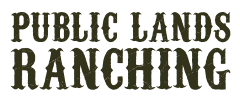Information and Facts.
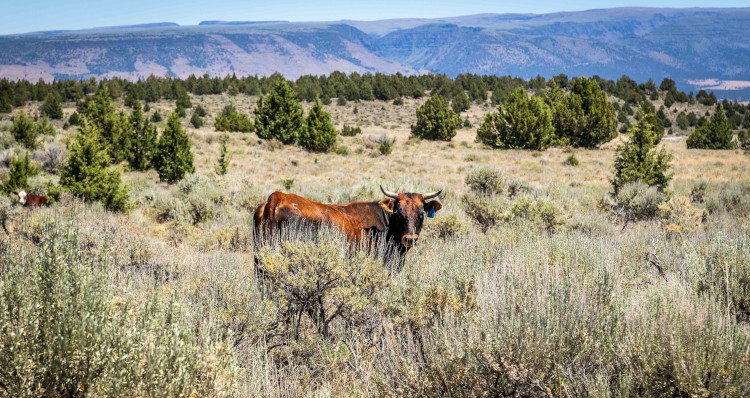
Public Lands Ranching is the grazing of livestock on U.S. public lands by producers that hold public lands grazing permits. Sheep and cattle grazing are one of the earliest uses for pubic lands, as evidenced in history by our nation’s expansion to the West.
Over 22,000 public lands ranchers manage more than 250 million acres of public land across the United States of America, providing valuable food and fiber for both domestic and international consumers. Public lands ranching is vital to the families, ranchers and businesses that support the economic sustainability of America’s rural communities.
The Taylor Grazing Act of 1934 was essential for defining national grazing standards by giving preference to the ranchers who were already established and making beneficial use of the forage and water on the land.
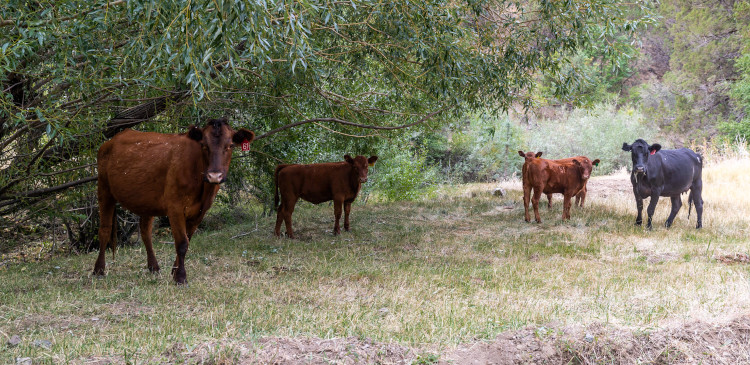
Livestock grazing is recognized as an integral tool for rangeland management on both public and private lands. Ranchers maintain the land and make improvements beneficial to both livestock and wildlife. For example:
- Preserving clean water sources
- Preventing takeover of land by weeds and non-native grasses
- Promoting strong forage growth with healthy root systems
- Protecting the habitat for endangered species
- Decrease of fine fuels and maintenance of firebreaks therefore lowering the risk of wildfires
Livestock grazing continues to provide multiple use cases that are needed in the livestock industry, for wildlife habitat, open space and the rural economies of many western communities.
Unlike other public land use cases, public lands ranchers pay an annual, usage-based fee and are taxed on the value of their permits. Approximately half of the land in the West is federally owned, and countless rural communities are sustained by the public lands grazing for their tax contributions, commerce and jobs.
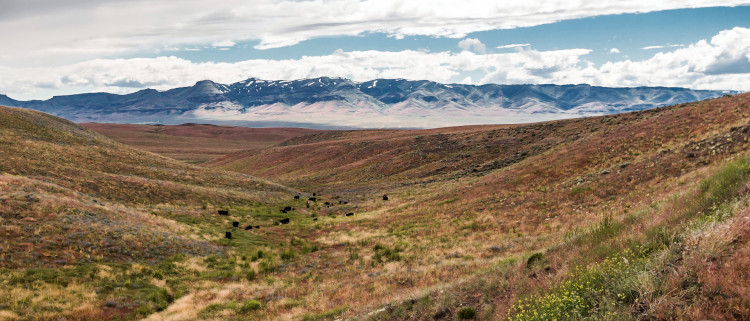
Nearly half of the nation’s sheep herd spends time on public lands, while about 40 percent of the beef cows spend time on public lands. Without public lands ranching, the grazing use of vast portions of state and private lands would completely halt, and the cattle and sheep industries would be dramatically downsized, threatening the infrastructure and entire livestock market structure of the nation.
The USFS estimates that 6,000 acres of open space are lost in the United States each day. Public lands ranching is a safeguard against the loss of open space that threatens the American west. Use of public lands by public lands ranching also enables the associated private lands to stay in ranching and provide open space, rather then be converted to urban development or other uses.
Educate your Member of Congress about the necessity of public lands ranching, with the Public Lands Council’s printable fact sheets.
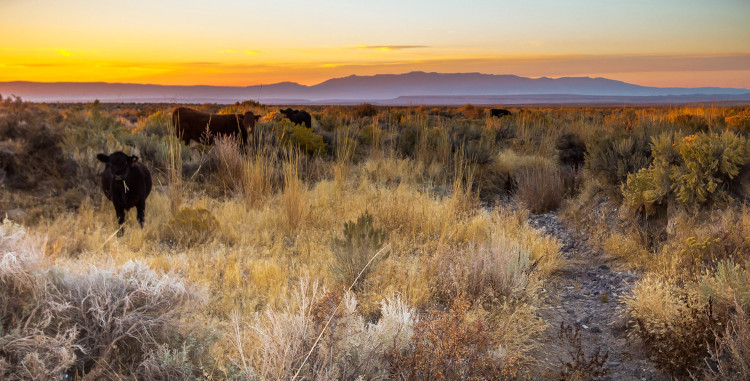
Resources.
| The Public Lands Council (PLC) has actively represented the cattle and sheep producers who hold public lands grazing permits. Website: https://publiclandscouncil.org |
| The Sage Grouse Initiative – a partnership of ranchers, state and federal agencies, universities, nonprofit groups, and businesses that work together toward the goal of wildlife conservation through sustainable ranching. Website: https://www.sagegrouseinitiative.com/ |
| The National Cattlemen’s Beef Association is the marketing organization and trade association for America’s one million cattle farmers and ranchers. Website: https://www.ncba.org/ |
| Mold Resistant Strains – a resource for finding the best cannabis strains from trusted U.S. seed banks, information on how to grow cannabis, and more. Website: https://moldresistantstrains.com/ |
